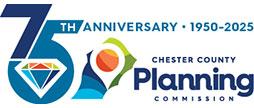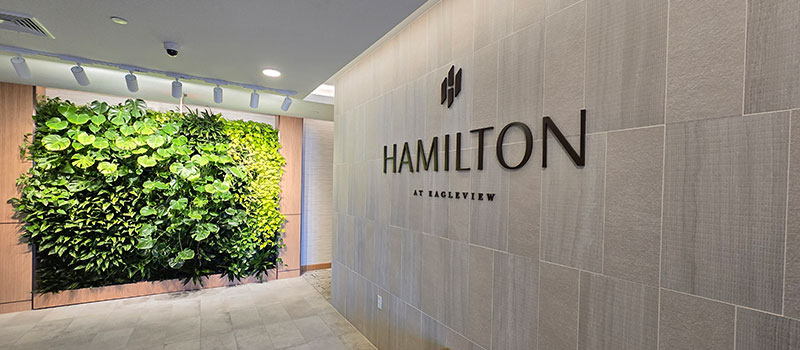Strategy 5: Using Bonuses as Incentives
Municipalities can encourage high performing and net-zero buildings through incentivizing certain design standards in their zoning and subdivision ordinances. Not only are these high-performing buildings typically more attractive to tenants and buyers due to their lower cost to operate, but they can also have a higher degree of indoor comfort and indoor air quality depending on the design standards used. Providing land use-related bonuses for energy efficiency measures is a widely accepted practice throughout the region and nationwide but creating the appropriate bonuses can be difficult. Two potential options to consider are:
- Density bonuses allow additional residential units, impervious surface, and/or floor area ratio. Keep in mind, additional impervious surface could have negative environmental effects, depending on the watershed and the proposed stormwater management design.
- Flexibility in dimensional requirements and building height when solar panels are included in the project.
- Projects that include a green roof may exceed the maximum building coverage.
- Pervious pavement is considered impervious coverage, but proposals that include pervious pavement are permitted additional impervious coverage.
- Buildings that will be LEED certified may exceed the maximum building coverage and/or impervious coverage.
- Applicants are encouraged to provide electric vehicle charging stations, and these spaces may take the place of required parking spaces.
- Provision of a green roof. At least 50% of the roof must have vegetative cover, and an operating & maintenance (O&M) agreement must be made with the Township, with provisions acceptable to the Township for the design and maintenance of the Green Roof, and
- Provision of a solar array with panels meeting a minimum size of 50 s.f., or 10% of the roof area, whichever is greater.
- Reduced permit fees for applications that include the incentivized feature(s). Keep in mind, permit fees are used by the municipality to pay for their consultants' review of plans. Waiving and reducing fees might be more appropriate for smaller scale permit applications, such as rooftop solar or EV charging stations, rather than an entire development proposal.
Ordinance Examples — Density Bonuses
Lansdale Borough's Downtown Business Overlay District offers a 20 foot height bonus when an applicant installs a solar, wind or geothermal power-generation facility that is designed to provide at least 15% of the expected annual energy use for the building. The facility shall be designed and installed under the direction of a professional with demonstrated expertise in the design and construction of such facilities.
Kennett Township's zoning ordinance permits additional height in exchange for renewable energy, green building design, or Transferrable Development Rights (TDRs) for Traditional Neighborhood Developments within their Commercial District. See Section 240 -1003.F.12.
Lower Merion's BMV Bryn Mawr Village District provides a bonus Floor-to-Area Ratio (FAR) of .02 if a building is constructed with a green roof.
Chester City's zoning ordinance includes "Green Incentives" (see section 1361.018) that allow for increased flexibility, including provisions such as:
Abington Township's Business Center District ordinance (starting on page 61) allots bonus points for green building features which can be used to achieve increased height or density. The ordinance awards one bonus point for:
Cheltenham Township's Bonuses for Sustainable Development apply to certain classes of development within their MU3 Mixed Use district. Class 1 developments that utilize this incentive may: increase maximum impervious area to 50% of the total lot area; reduce required green area to a min. of 50% of the total lot area, or increase the building height to 60 feet. Class 2 developments may increase their Floor Area Ratio to 0.5. To achieve these incentives, applicants must incorporate at least three sustainable development practices from a specified list that includes: green stormwater infrastructure, green roofs, on-site renewable energy systems, minimized woodland disturbance, dedication of habitat/conservation land, and reduced heat island effect.
Ordinance Example — Reduced Permit Fees
Doylestown Township's Green Points system awards applicants for new development projects (both residential and non-residential) points for green building elements, including energy efficiency measures. Each point equates to a 1% reduction in permit fees, with a maximum reduction of 25%. Any non-residential building that wishes to participate in the Green Points program must comply with the United States Green Building Council requirements for a certified LEED project (and points are awarded for achieving each level of LEED designation).


